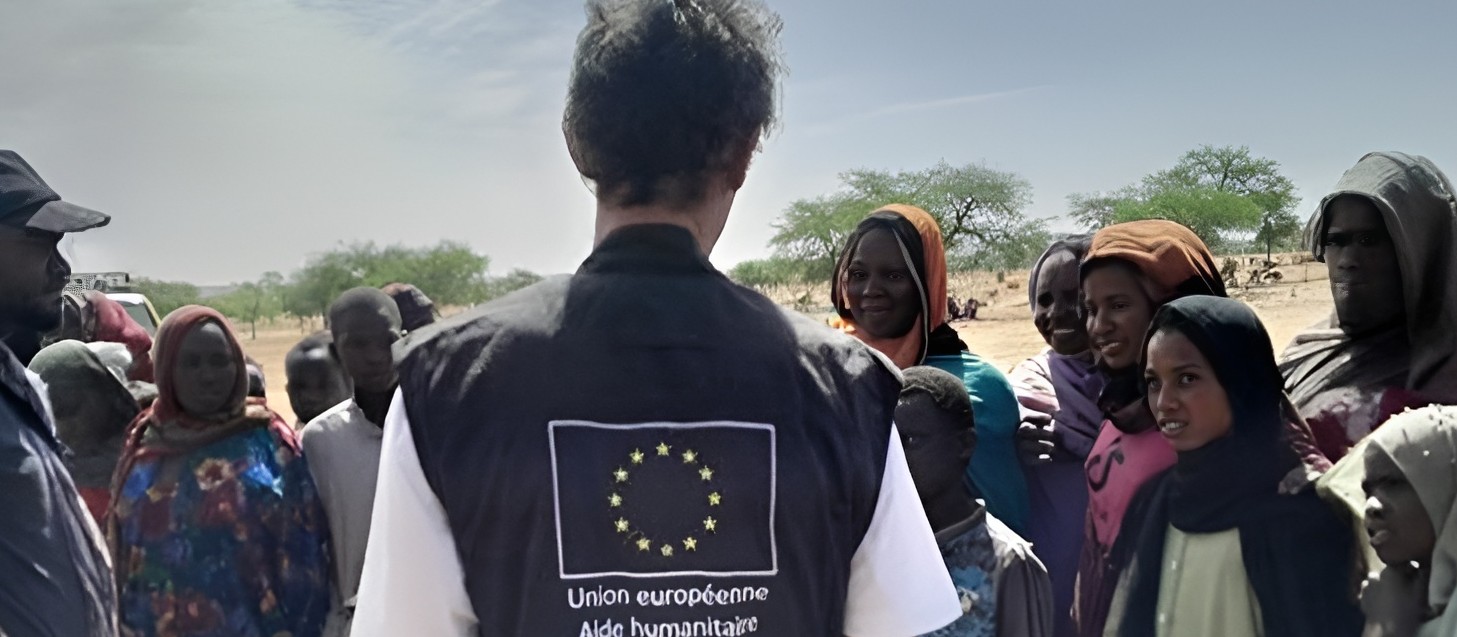El Nino death toll rises to 120, with Garissa, Mandera, Wajir and Tana River worst-affected

In North Eastern Kenya, the fury of El Niño has unleashed unprecedented floods, leaving a trail of destruction and despair in its wake.
In North Eastern Kenya, the fury of El Niño has unleashed unprecedented floods, leaving a trail of destruction and despair in its wake. The National El Niño Steering Committee paints a disastrous picture, revealing that 120 lives have been claimed by the merciless waters, with Garissa, Mandera, Wajir, and Tana River emerging as the epicenters of the disaster.
In Garissa County, the Tana River, a lifeline for many communities, has transformed into a ruthless force of nature. The once calm riverbanks have been destroyed, and entire villages are submerged beneath the swelling currents. Ahmed Aden, a resident of Garissa, recounts the harrowing night when his family had to abandon their home. "We heard the roar of the river growing louder, and before we knew it, our house was surrounded. The water rose so quickly; we had to flee to higher ground, leaving everything behind."
More To Read
- Mandera County declares severe drought emergency as water sources dry up
- Garissa County launches digital livestock vaccination drive to boost pastoralist resilience
- Garissa resident sues National Assembly over police service commission appointments
- Garissa human rights activists demand justice for student allegedly raped and killed by guardian
- Wajir South MP condemns relocation of orphaned giraffes to Nanyuki
- Over 170,000 livestock targeted as Mandera and Garissa ramp up vaccination drives
Mandera, a region known for its resilient communities, finds itself grappling with the aftermath of the floods. Farhia Sagal, a mother of three, struggles to hold back tears as she describes the devastation. "Our homes are gone, our fields are ruined. We used to have a sense of security here, but now we feel helpless." The floodwaters have not only claimed homes but have also swept away livelihoods, leaving families in Mandera facing an uncertain future.
Wajir County, usually arid and dry, is now coping with an unexpected crisis. The floods have disrupted essential services, with roads rendered impassable and communication networks severed. As residents attempt to navigate the submerged streets, the extent of the damage becomes painfully clear. Aisha Cawil, a shopkeeper in Wajir, surveys the wreckage of her store. "This was everything we had. Now, we are left with nothing."
Meanwhile, in Tana River County, the situation remains dire. The once fertile lands that sustained communities have now turned into a watery graveyard for crops. Farmers like Hassan Hibo, who depended on their harvests for survival, are left counting their losses. "The fields are now underwater, and our crops are ruined. We don't know how we'll feed our families in the coming months," he laments.
The government is mobilising resources to provide relief and rescue operations. However, the challenges are immense, with nine other counties on high alert as the floods continue to wreak havoc.
As the waters recede, the true scale of the suffering in Garissa, Mandera, Wajir, and Tana River counties comes to light. The spirit of resilience prevails, but the scars left by El Niño's wrath will take time to heal.
Top Stories Today















































